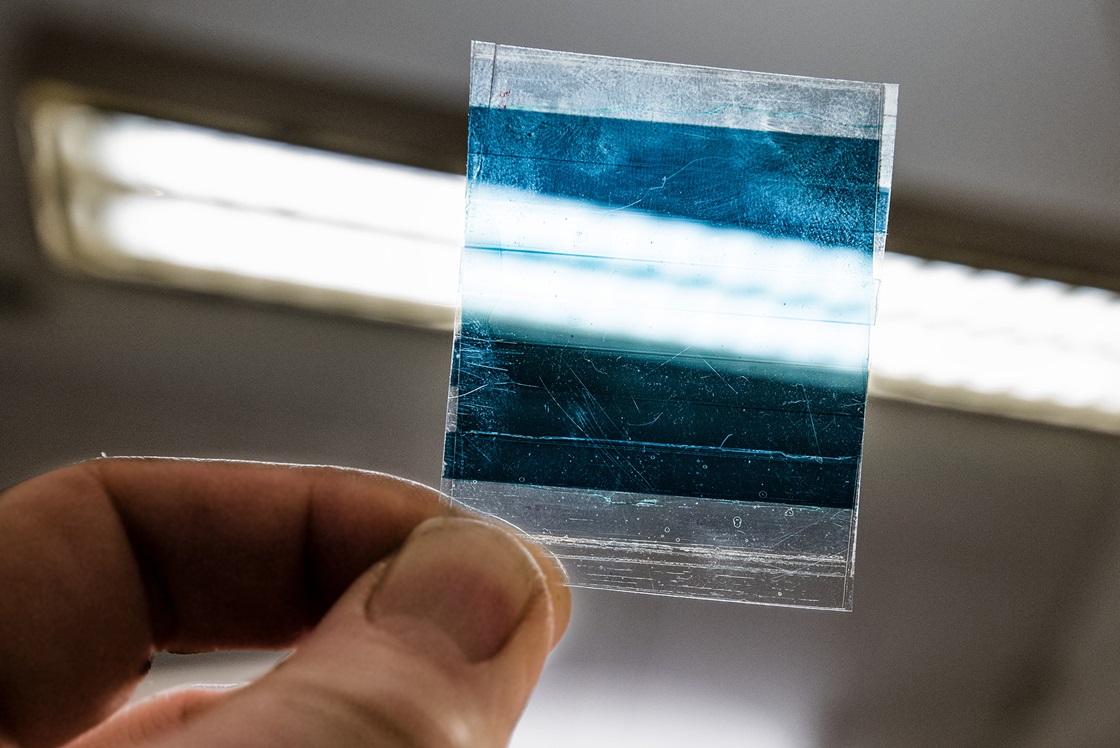A research group from Sweden’s Linköping University has developed a new process, which is said to reduce defects in organic solar cells.
The new process is based on the utilization of only two plastic films, one with the anodes and the other with the cathodes, which are covered with an active polymer material as glue before the two units are laminated together.
“Since only two layers are to be printed, the number of defects is lower and the probability that two defects are located exactly opposite each other during the lamination is negligible,” the scientists asserted.
Popular content
The researchers found that problems in organic solar cells are usually created by moisture, as small electron traps form in the material that capture electrons before they reach the electrode. “We have shown that this lamination method works with many different combinations of polymer, and that the energy efficiency is just as high as that obtained by conventional manufacture,” said research coordinator, Olle Inganäs.
The first prototype cells were developed by the university’s spin-off company, Epishin. The future cells will be conceived for the market for indoor cells, the Linköping University said.
This content is protected by copyright and may not be reused. If you want to cooperate with us and would like to reuse some of our content, please contact: editors@pv-magazine.com.



By submitting this form you agree to pv magazine using your data for the purposes of publishing your comment.
Your personal data will only be disclosed or otherwise transmitted to third parties for the purposes of spam filtering or if this is necessary for technical maintenance of the website. Any other transfer to third parties will not take place unless this is justified on the basis of applicable data protection regulations or if pv magazine is legally obliged to do so.
You may revoke this consent at any time with effect for the future, in which case your personal data will be deleted immediately. Otherwise, your data will be deleted if pv magazine has processed your request or the purpose of data storage is fulfilled.
Further information on data privacy can be found in our Data Protection Policy.